
Human Rights Watch Video Forensics
Video forensics – the detailed, frame-by-frame analysis of videos and other images – can also be used to catalogue violations in Syria.

Video forensics – the detailed, frame-by-frame analysis of videos and other images – can also be used to catalogue violations in Syria.
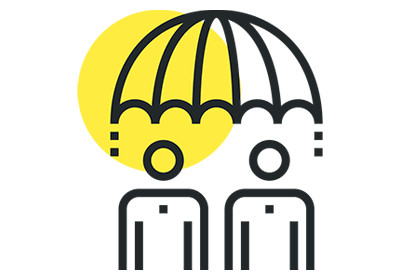
The Historical Archive of the National Police (AHPN) in Guatemala has engaged in a massive effort to digitise millions of state records to preserve them for researchers and citizens for use in ongoing work to uncover the violence of the past.
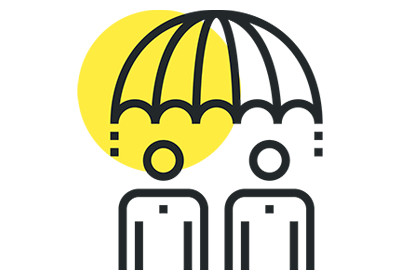
The Blockchain Trust Accelerator, created by New America, The Bitfury Group, and the National Democratic Institute, is committed to advancing Blockchain technology through responsible, innovative and cutting edge pilot projects.
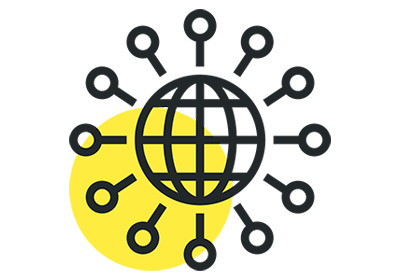
USAID is piloting an innovative program called Mobile Applications to Secure Tenure (MAST). MAST developed an easy-to-use, open-source smartphone application that can capture the information needed to issue formal documentation of land rights.
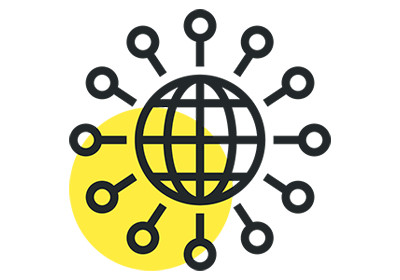
Bluenumbers let people agree what is individual and communal property.
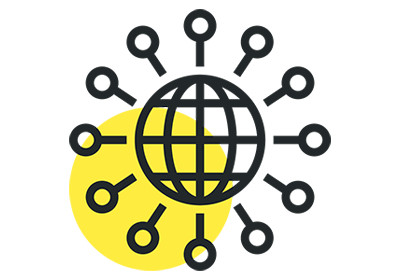
One of the most powerful ways satellites can help protect human rights is to enable new forms of social and environmental protections which boost resilience to disruptions — by keeping social and ecological systems healthy.
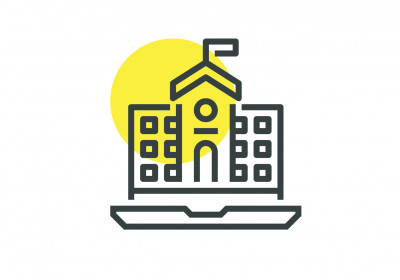
Amply is a not-for-profit project that is building a digital identity and subsidy management system on the Ethereum Blockchain for pre-schools in South Africa
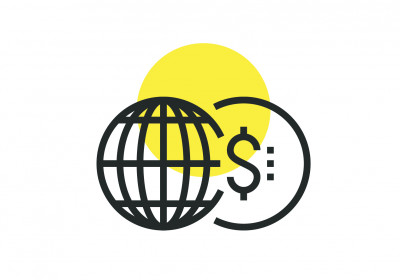
The United Nations (UN) launched a trial to distribute funds to thousands of people in Jordan using the ethereum blockchain
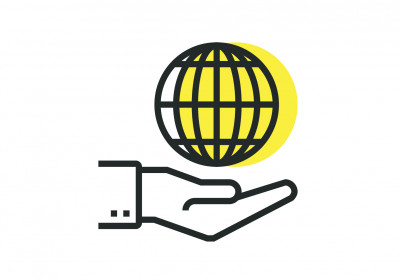
BanQu is a groundbreaking for-profit / for-purpose blockchain-as-a-service software company solving the toughest global problem – Extreme Poverty.